The Anatomy Mystery of Tight Hip Flexors: Causes, Symptoms, and Solutions
Tight hip flexors have become a common complaint in today’s sedentary lifestyle, affecting people of all ages and activity levels.
Table of Contents
Whether you spend long hours sitting at a desk or engage in intense physical activity, understanding the causes, symptoms, and effective solutions for tight hip flexors is crucial for maintaining overall well-being.
In this article, we’ll delve into the intricacies of tight hip flexors, exploring their impact on the body and providing practical strategies to alleviate and prevent this common issue.
Anatomy of the Hip Flexors:
The hip flexors are a group of muscles located at the front of the hip joint. The primary muscles involved include the iliopsoas, which consists of the psoas major and iliacus muscles.
These muscles play a vital role in flexing the hip, bringing the thigh towards the torso. Additionally, they contribute to stabilizing the spine and pelvis during movements like walking, running, and standing.
Causes of Tight Hip Flexors:
1. Prolonged Sitting:
One of the most significant contributors to tight hip flexors is prolonged sitting. In our modern society, where many jobs involve long hours at desks, the hip flexors remain in a shortened position for extended periods.
This can lead to adaptive shortening, where the muscles adjust to the seated position, resulting in tightness and limited flexibility.
2. Lack of Physical Activity:
Insufficient physical activity can also contribute to tight hip flexors.
When the muscles are not regularly engaged through exercise, they may become weak and prone to tightening.
This is particularly true for individuals with sedentary lifestyles who neglect regular stretching and strengthening exercises.
3. Overuse and Repetitive Movements:
Engaging in activities that constantly involve hip flexion, such as cycling or excessive running, can lead to overuse and tightness in the hip flexors.
Repetitive movements without proper rest and recovery can strain the muscles, causing them to become tight and potentially leading to discomfort.
4. Poor Posture:
Maintaining poor posture, whether sitting or standing, places additional stress on the hip flexors.
Slouching or hunching over can cause the muscles to contract and shorten over time, contributing to tightness.
Symptoms of Tight Hip Flexors:
1. Lower Back Pain:
Tight hip flexors can pull on the lower spine, contributing to lower back pain.
The interconnectedness of the muscles and joints in the pelvic region means that tightness in the hip flexors may manifest as discomfort or pain in the lower back.
2. Hip and Knee Discomfort:
Tight hip flexors can lead to imbalances in the pelvis and affect the alignment of the hips and knees.
This imbalance may result in discomfort in these areas, and if left unaddressed, it could contribute to issues like hip impingement or knee pain.
3. Reduced Range of Motion:
Individuals with tight hip flexors may experience a diminished range of motion in the hips.
This can affect everyday activities such as walking, climbing stairs, or bending over, making movements feel restricted and less fluid.
4. Poor Posture:
Tight hip flexors can contribute to poor posture, as they play a role in maintaining the alignment of the spine and pelvis.
When these muscles are tight, it becomes challenging to maintain proper posture, leading to a range of musculoskeletal issues.
The Best Stretches for Tight Hip Flexors
1. Low Lunge Stretch:
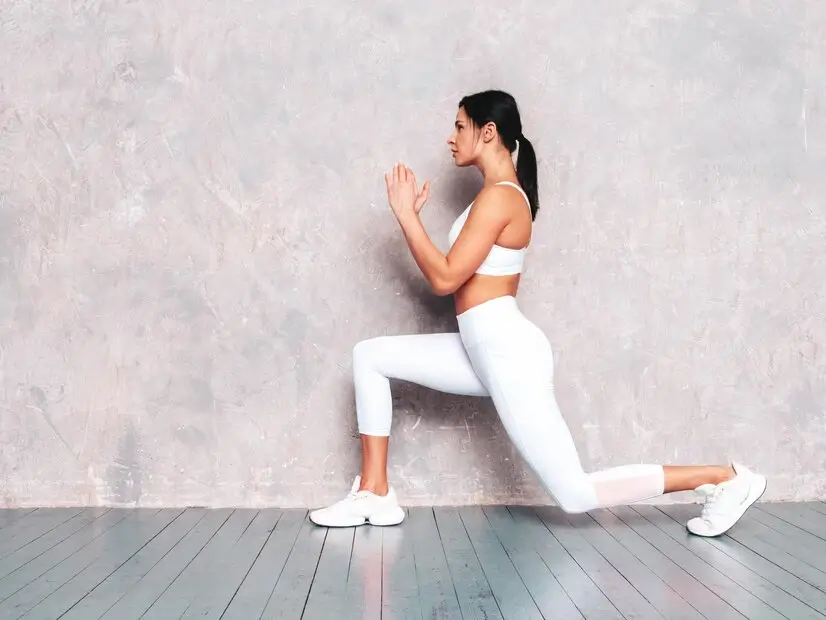
One of the most effective stretches for tight hip flexors is the low lunge. Start by stepping one foot forward into a lunge position, keeping your knee directly above your ankle.
Lower your hips toward the ground, feeling a gentle stretch in the hip flexor of the back leg. To intensify the stretch, lift your arms overhead and lean slightly backward.
Hold the stretch for 20-30 seconds on each side, focusing on deep breaths to encourage relaxation.
2. Pigeon Pose:
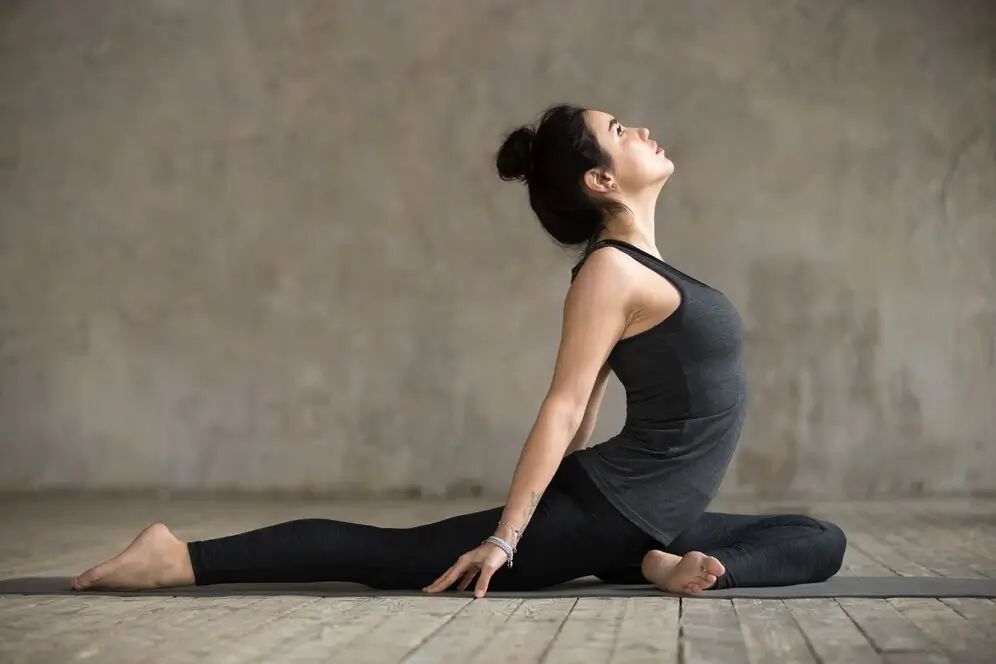
The Pigeon pose is a yoga-inspired stretch that targets not only the hip flexors but also the glutes and lower back.
Begin in a plank position and bring one knee toward your hands, placing it on the ground with the shin angled across your body.
The back leg extends straight behind you. Sink into the stretch, feeling a deep release in the hip of the bent leg. Hold for 30 seconds to one minute on each side, allowing the tension to melt away.
3. Butterfly Stretch:
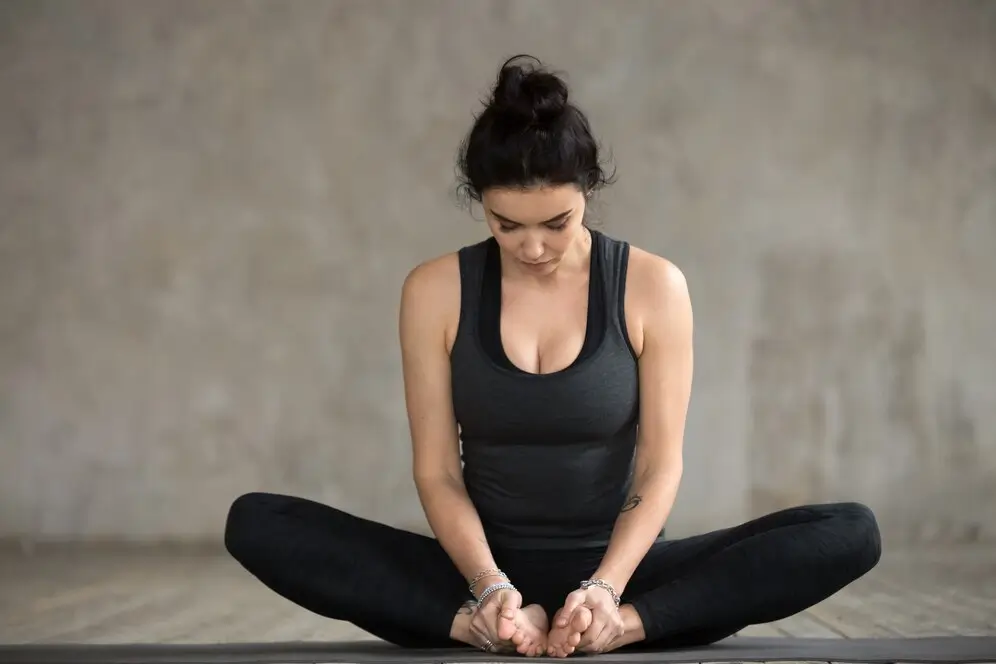
The butterfly stretch is a simple yet effective way to open up the hip flexors. Sit on the floor with your back straight and the soles of your feet pressed together.
Hold your feet with your hands and gently press your knees toward the ground. This stretch not only targets the hip flexors but also engages the inner thighs. Hold for 30 seconds to one minute, gradually increasing the intensity over time.
4. Kneeling Hip Flexor Stretch:
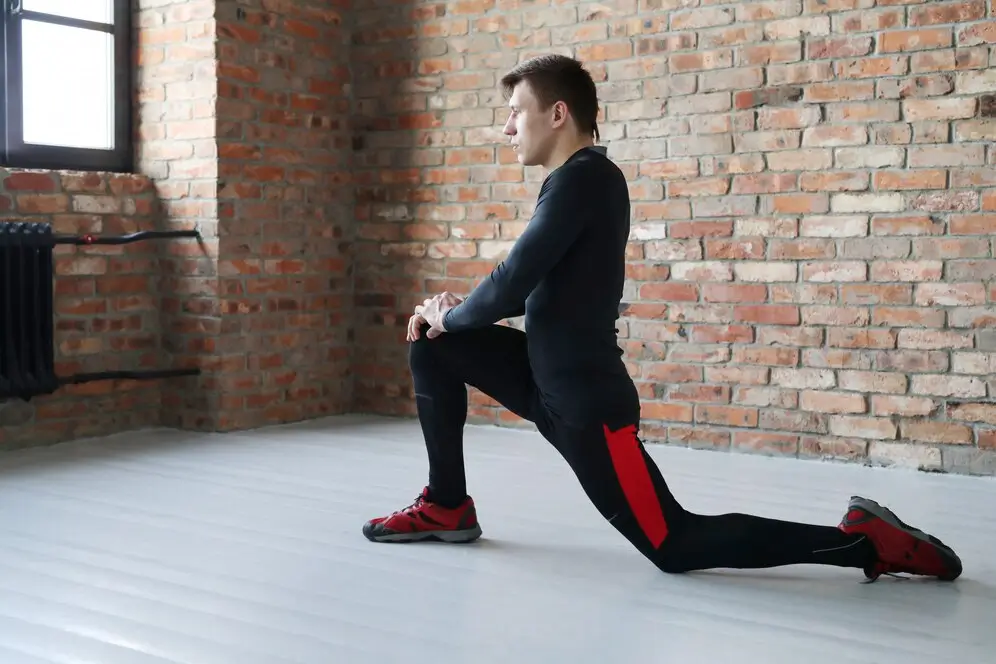
Assume a kneeling position with one foot in front, creating a 90-degree angle at the front knee. The other knee is on the ground with the toes pointed behind you.
Gently shift your weight forward, feeling the stretch in the hip flexor of the extended leg. Keep your back straight and engage your core for added stability.
Hold for 20-30 seconds on each side, allowing the muscles to relax and lengthen.
5. Supine Hip Flexor Stretch:
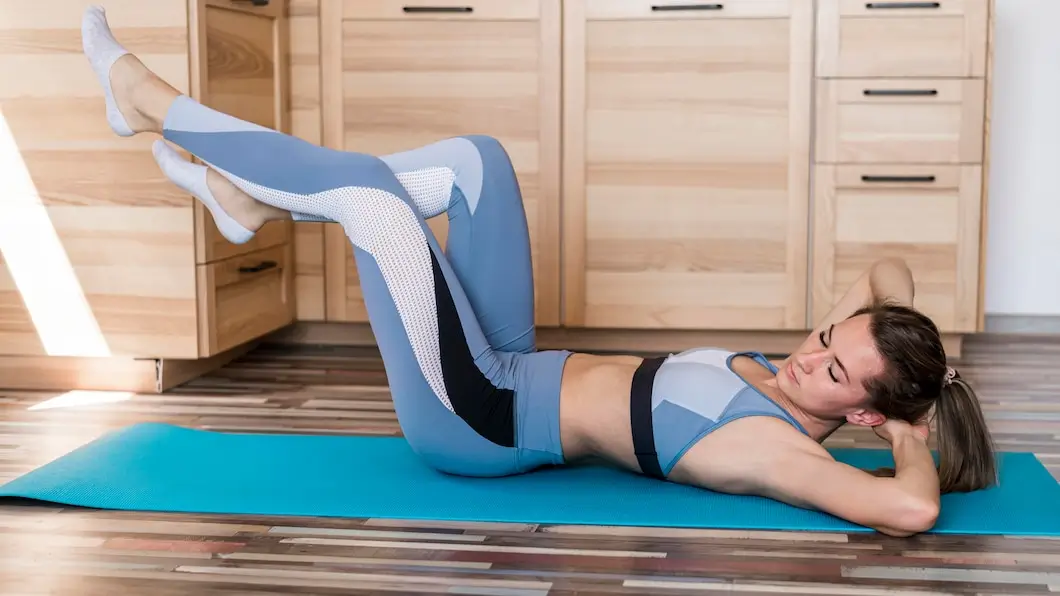
Lie on your back with both legs extended. Bring one knee toward your chest and hold it with both hands.
Slowly extend the other leg straight out, feeling a stretch in the hip flexor of the raised leg. Hold for 20-30 seconds and switch sides.
This supine stretch is gentle on the lower back and allows for a targeted release in the hip flexors.
6. Seated Forward Bend:

Sit on the floor with your legs extended straight in front of you. Hinge at your hips and reach forward toward your toes, keeping your back straight.
This stretch not only targets the hamstrings but also engages the hip flexors. Hold for 30 seconds to one minute, breathing deeply to encourage relaxation and release.
7. Runner’s Lunge:
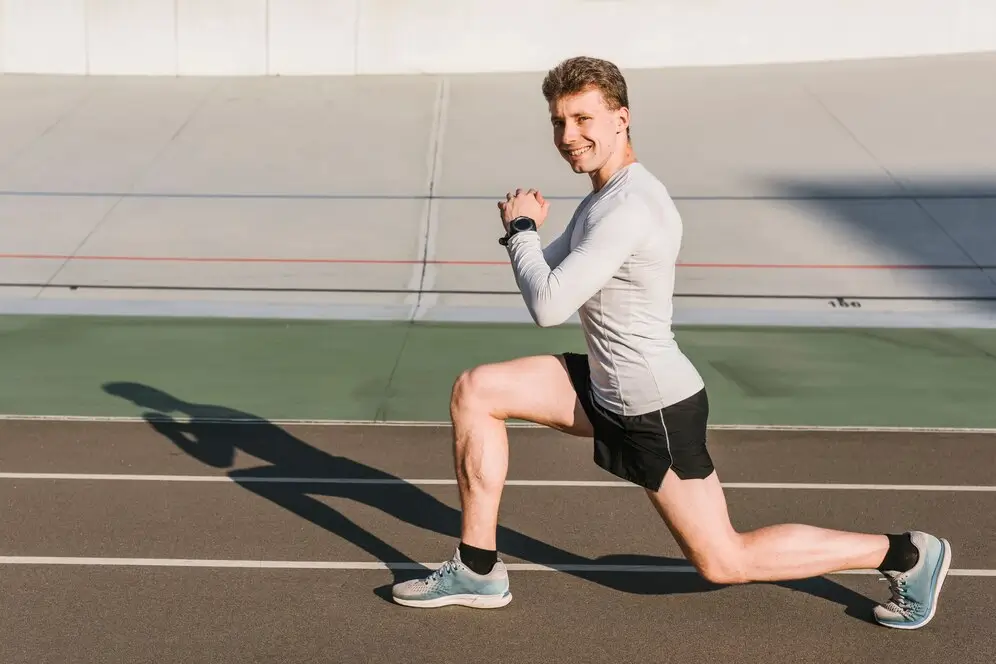
Assume a lunge position with one foot forward and the other leg extended straight behind you. Keep the front knee directly above the ankle and lower your hips toward the ground.
This stretch is similar to the low lunge but with a more extended back leg, intensifying the stretch in the hip flexor.
Hold for 20-30 seconds on each side, focusing on maintaining proper alignment.
8. Dynamic Leg Swings:
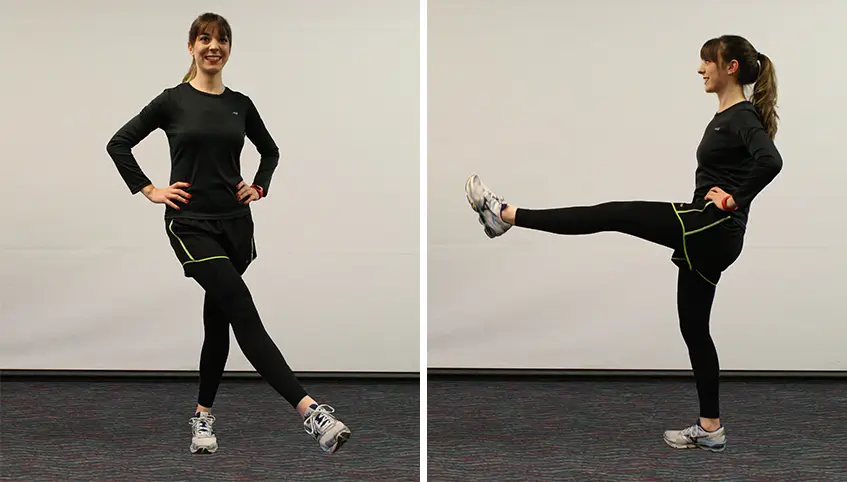
The Dynamic leg swings are an excellent way to warm up the hip flexors and improve flexibility. Stand beside a sturdy surface for support and swing one leg forward and backward in a controlled manner.
Gradually increase the height of your swings as your muscles warm up. Repeat for 10-15 swings on each leg, promoting increased blood flow and mobility in the hip flexors.
Additional tips for Preventing Tight Hip Flexors:
1. Stretching Exercises:
Incorporating regular stretching exercises can help alleviate tight hip flexors.
Focus on dynamic stretches that engage the muscles through their full range of motion, such as lunges, leg swings, and hip circles.
Static stretches like the kneeling hip flexor stretch can also be beneficial in promoting flexibility.
2. Strengthening Exercises:
Strengthening the hip flexors and surrounding muscles is crucial for long-term relief.
Exercises like leg raises, hip flexor exercises, and planks can help build strength and stability in the hip region.
Strengthening the opposing muscle groups, such as the glutes and hamstrings, is equally important for maintaining balance.
3. Posture Awareness:
Conscious efforts to maintain good posture throughout the day can prevent the exacerbation of tight hip flexors.
Sit and stand with your shoulders back, and your spine aligned, distributing your body weight evenly to reduce stress on the hip flexors.
4. Regular Movement Breaks:
For those with sedentary jobs, taking regular breaks to stand, stretch, and walk can prevent the prolonged shortening of the hip flexors.
Set reminders to stand up and move around every hour to break up periods of continuous sitting.
5. Massage and Foam Rolling:
Massaging the hip flexors and using a foam roller can help release tension and improve flexibility.
Targeting the muscles around the hip joint, especially the psoas, can aid in relieving tightness.
Be sure to consult with a professional or follow proper techniques to avoid causing injury.
6. Warm-Up Before Exercise:
Prioritize a thorough warm-up before engaging in physical activities to prepare the hip flexors for movement.
Incorporate dynamic stretches and movements that mimic the activity you’ll be performing to gradually increase blood flow and flexibility.
Conclusion:
Tight hip flexors are a prevalent issue in our modern, largely sedentary society, affecting people from various walks of life.
Understanding the causes, recognizing the symptoms, and adopting proactive measures to address tight hip flexors are essential for maintaining optimal musculoskeletal health.
By incorporating a balanced approach that includes stretching, strengthening, and mindful movement, individuals can alleviate tightness, improve flexibility, and prevent future issues related to hip flexor dysfunction.
Prioritize your hip health, and your body will thank you with improved mobility, reduced discomfort, and enhanced overall well-being.
